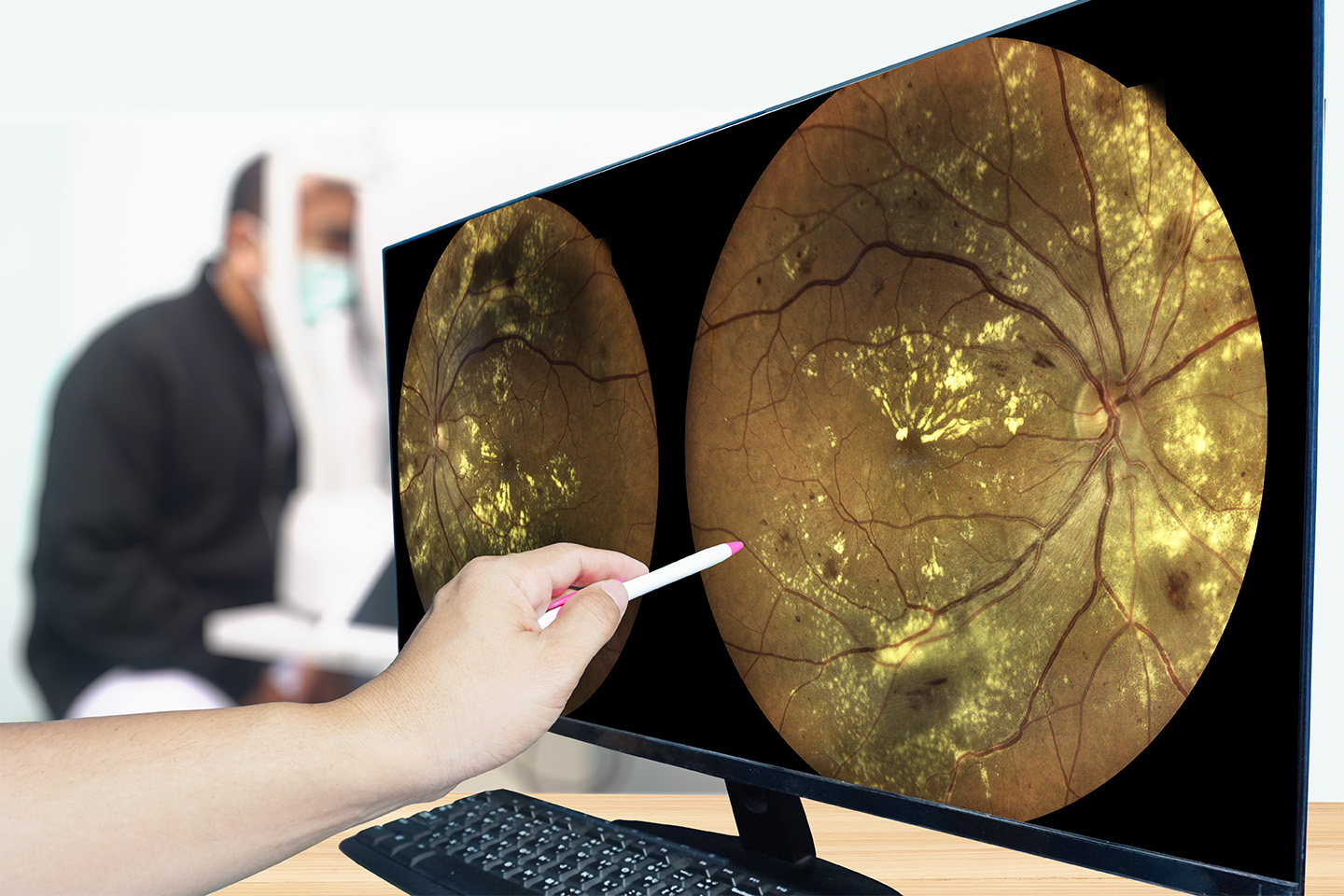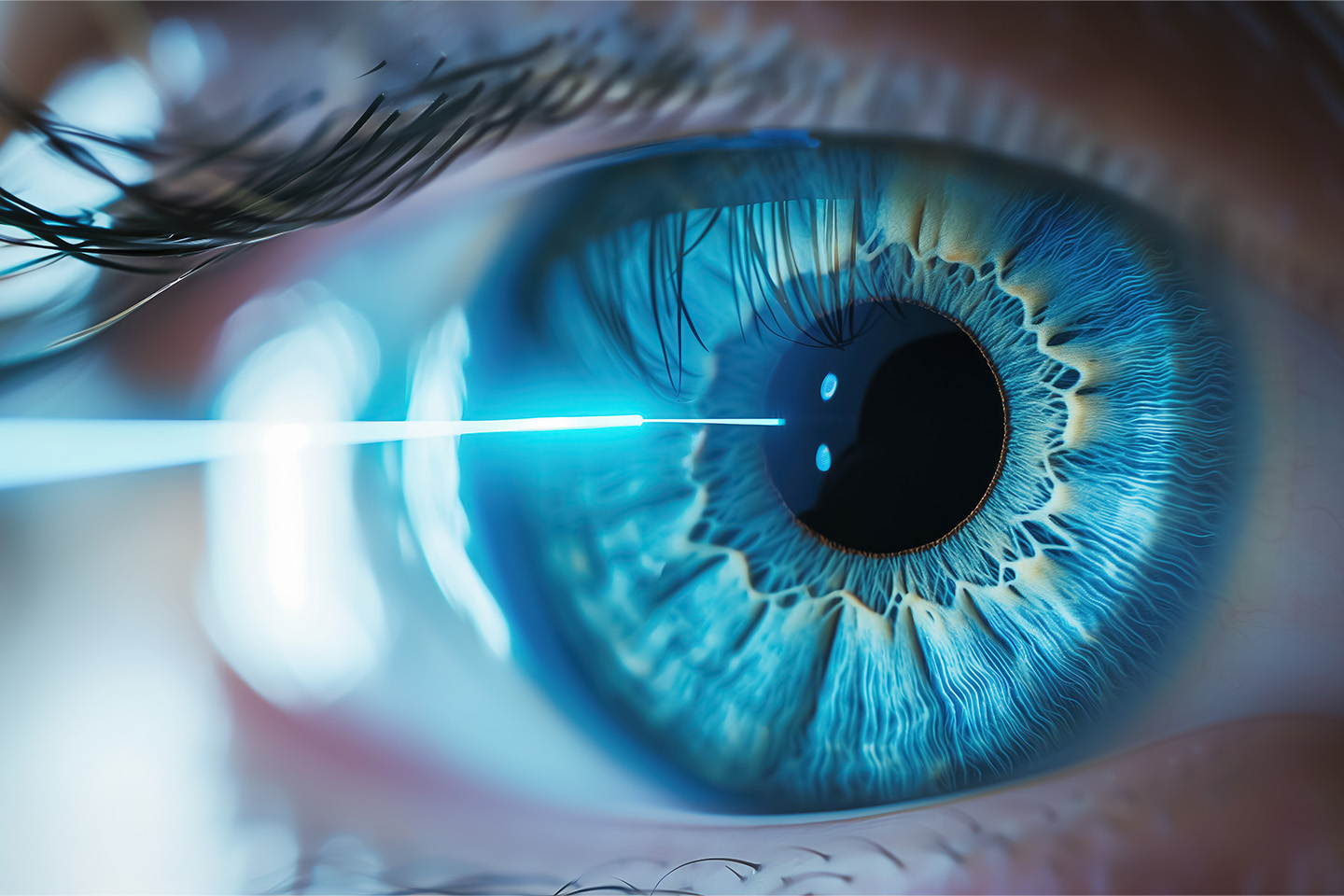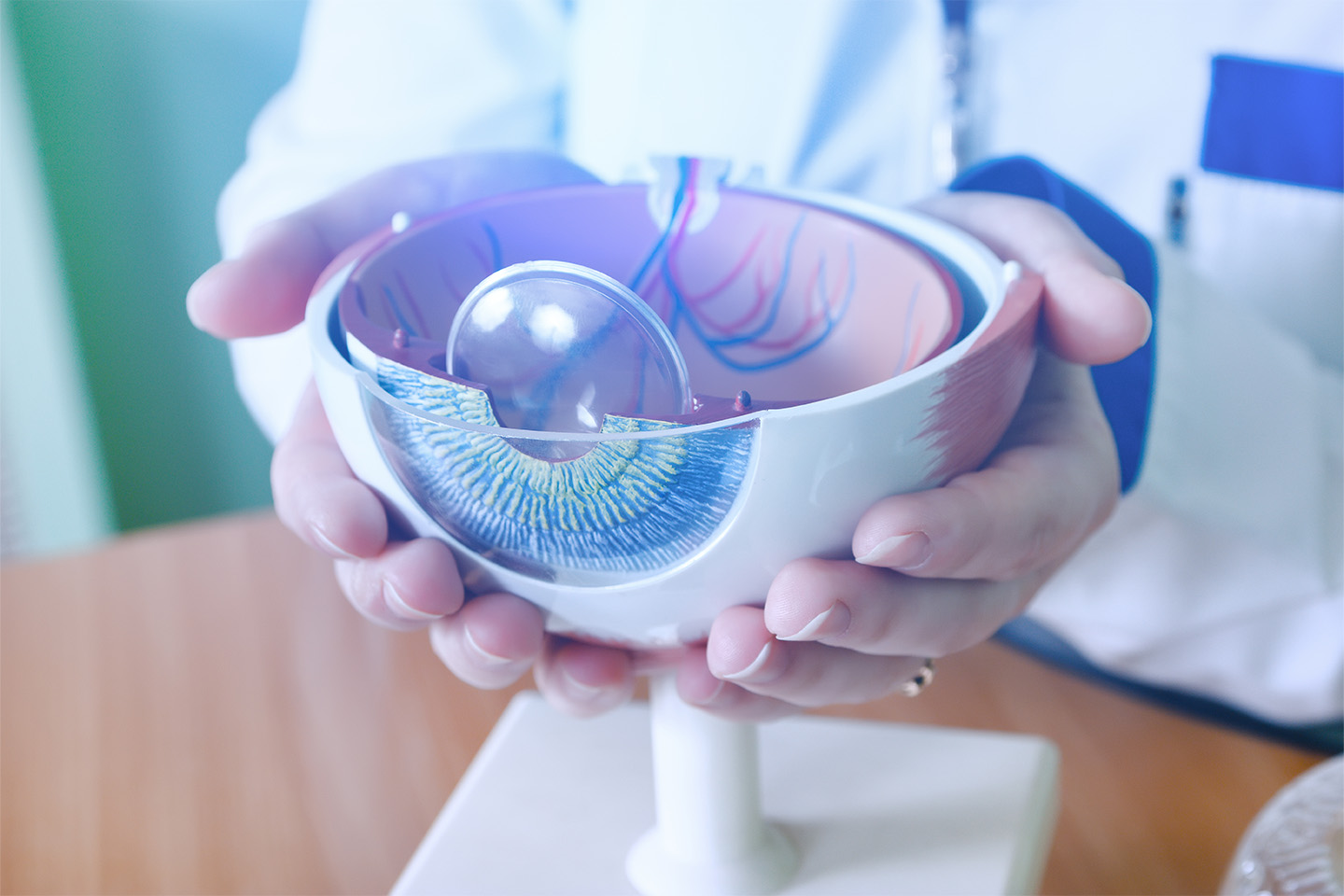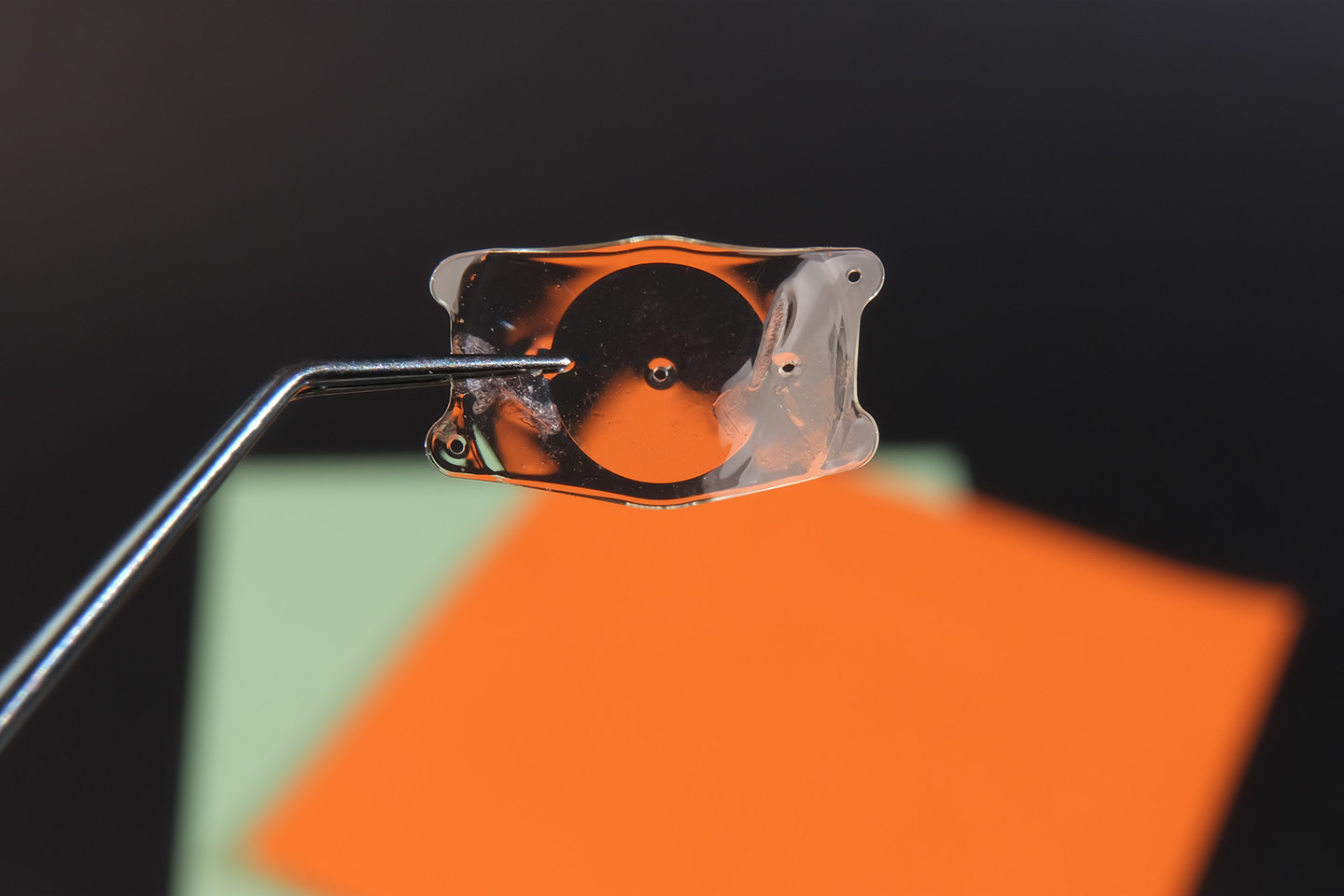How to Know if You Have Wet or Dry Age-Related Macular Degeneration

While age-related macular degeneration is a common cause of vision loss, it’s important to understand which type you have and what treatment options are available.
According to the National Eye Institute, age-related macular degeneration (AMD) is a leading cause of vision loss among Americans 50 years and older. While the condition is a relatively common one — especially as we age — that doesn’t mean it should be taken lightly. Instead, it’s important to learn more about the condition and to speak with an eye care specialist about treatment options.
What’s more, there are different types of the condition — wet age-related macular degeneration and dry age-related macular degeneration — that have different effects on your eyes and that have varying degrees of severity. If you’re unclear which is which or which type you might have, take the time to learn more so you can be on the same page as your doctor when the time comes.
What is AMD?
AMD is a condition that causes damage to the macula, which is a part of the eye located near the center of the retina that helps us see with clarity and differentiate objects that are directly ahead of us in our field of vision. As AMD develops — and it can develop slowly or with alarming speed — the central part of the visual field can become blurry, blank spots can develop, and objects may not be as bright as they once were.
Dry AMD is the most common type of the condition, affecting approximately 80% to 90% of those with AMD. This variety progresses less rapidly than wet AMD and involves the formation of deposits on the retina known as drusen. Drusen appear beneath the macula and cause it to deteriorate over time.
Wet AMD is the less common fo the two, affecting about 10% to 15% of those with AMD. However, it’s the most serious variety of AMD, accounting for nearly 90% of severe vision loss connected with the condition. Wet AMD occurs when abnormal blood vessels grow around the macula. When these blood vessels break, they leak fluid into the eye that damages the macula.
What Causes Wet and Dry AMD?
Aside from the immediate issues that lead to these conditions — drusen in dry AMD and abnormal blood vessel growth in wet AMD — the real causes are unknown. Considerable research is being done to learn more about AMD, but as of yet all we know with confidence is that several risk factors can contribute to the condition.
For example, those with a family history of AMD are more likely to develop the condition than those without it, as are Caucasians in compared with African Americans and Hispanic Americans. Similarly, those with a history of smoking have a greater chance of developing AMD, especially as they age.
How Are Wet and Dry AMD Treated?
Unfortunately, there is no outright cure for either wet or dry AMD. Because the condition can advance rapidly, it’s especially important to have regular eye exams as you get older in order to spot AMD before it causes significant damage. Also, wet AMD only develops after dry AMD, so you should be particularly vigilant if you already have the latter.
Aside from a complete cure, there are vitamin supplements, injections, and laser surgery that can help repair vision loss to a limited degree. Until that point, it’s helpful to make lifestyle changes that can prevent AMD from forming, such as sticking to a healthy diet, abstaining from smoking, and exercising regularly.
Although relatively common, AMD is a serious condition that can affect your quality of life as you age. This means that it’s important to get regular eye exams and tell your doctor if you experience any symptoms that may be linked to AMD.
If you’re curious about AMD or you’d like to schedule a regular exam, reach out to ICON Eyecare to set up a consultation. Our team can help you understand your eye health, pinpoint any possible issues, and prepare treatment plans as needed.
[DISPLAY_ULTIMATE_SOCIAL_ICONS]








